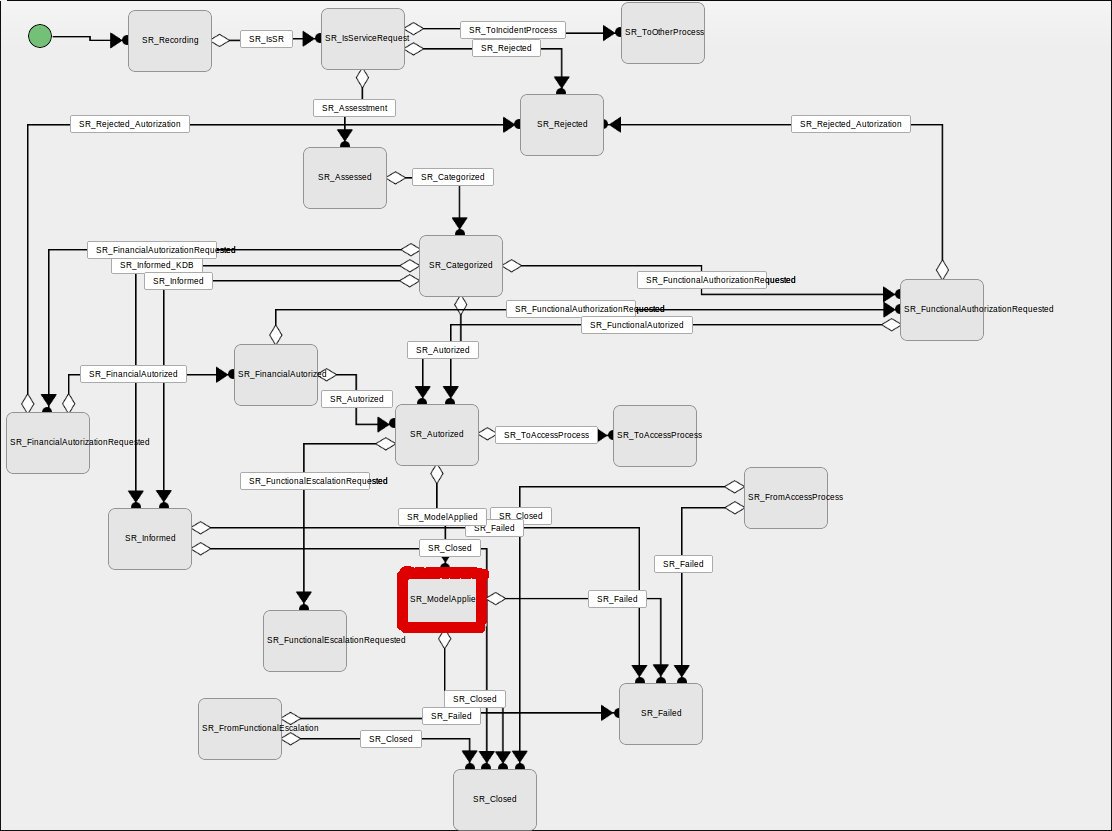OTRS is a Help Desk and ITSM system, ITIL v3 certified by Pink Elephant. Indeed it makes available the basics for most of the ITIL Service Operation (and Transition) processes and combines them with a customer centric communication model. All ITSM features are described by OTRS except how processes are defined. For this reason I will talk about the Request Fulfilment Management (RFM) process, even if some of the considerations are valid also for Incident and Problem Management.
Request Fulfillment Management deals with a request from a user for information, advice, standard change or for access to an IT service. Regarding the RFM process ITIL suggests to have a request catalog, a clear definition of range of services and a user friendly front end. In all of these points OTRS can fully support you.
ITIL suggests also to implement standard workflows in order to fulfill the different types of service requests. Here, the standard OTRS approach is to give to the agent (OTRS operator) the possibility to follow a process without giving him actually a well defined workflow. All activities are delegated to the agent who should know what to do any time – answer to the customer, ask for more info, request authorization, escalate the request and so forth. Till version 3.2 it was possible to design a workflow using ACL (perl based access control list) and developing (at least copy and paste) modules. And more complicated the process was more critical ACL became. Fortunately the version 3.2 introduced a new feature, namely the processes management that made possible to design processes using a simple graphical interface. Well, now you are really ready to design your process as suggested by the ITIL best practices in a user friendly way. Talking about the ITIL RFM process it worth noting that it is possible to identify some common activities for all requests concerning validation, authorization, categorization and escalation. Those parts can be designed once and then reused (an example is shown in Img 1.). In this way you can focus on your particular request models designing only few steps (red rectangle in Img.1.).
And then just enjoy your process. Some sample screenshots:
- give information or go forward eventually requesting authorization
- trigger the access management process, request a functional escalation or apply your particular model steps











